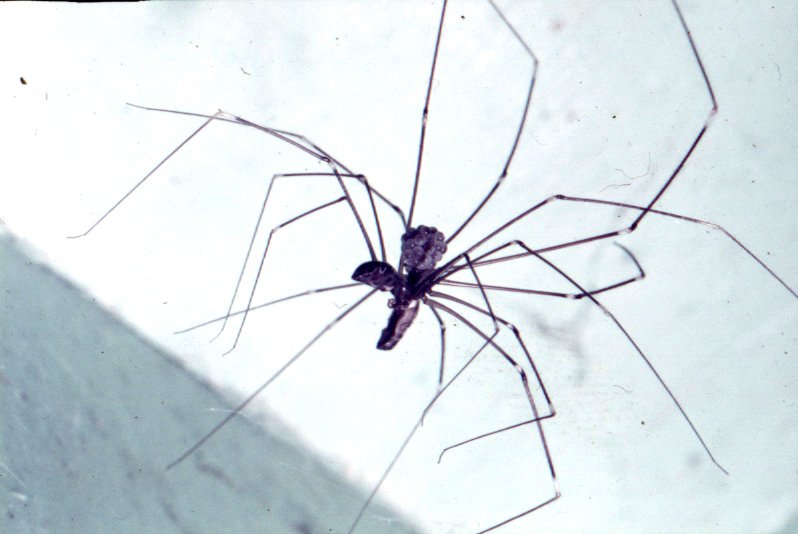

A harvestman arachnid on the other hand would prey on small insects. They soon perish after a few days due to lack of consumption. I’ve seen this advice before from a national newspaper when I first published this article in 2015, the paper wrote: ”hoover up webs or egg sacks and throw them straight in the bin to prevent more from breeding”. Crane flies don’t spin webs or lay egg sacks, they deposit eggs directly into the ground – bizarrely – the newspaper article at the time also mentioned this, contradicting themselves: ‘These pesky arachnids lay their eggs in grass and other parts of the garden”. I’m beginning to think using Wikipedia for national news articles isn’t a fantastic idea!Ĭrane flies very rarely feed in their adult form save from occasionally lapping up nectar, their only purpose at this stage is to breed. ‘’Shame on you! …8 legs 6 legs 8 legs 6 legs… Count them!” David Brent Mommy Long Legs also known as Experiment 1222 and Marie Payne. This point is illustrated eloquently and humbly by David Brent (formerly of Wernham Hogg, Slough) at the 22 second mark 103 bueautuful pictures of Mommy Long Legs from the Poppy Playtime videogame, chapter 2. But instead of falling into the order Araneae, these critters are Opiliones derived from the Latin opilio, meaning shepherd. Like spiders (and unlike flies), daddy longlegs are arachnids and have eight legs. So, lets debunk three myths you are likely to see, come Autumn, about the daddy long-legs!Ĭrane flies are not arachnids. And instead of two defined body segments, a daddy longlegs’ oval torso appears as one, tiny piece. Unfortunately, many of these clickbait articles about the crane fly confuse them with harvestmen spiders, which are known as a daddy long legs in the USA (the perils of Wikipedia research!). Spider Daddy Long Legs Spider Sword Spider Web Spider Web At Corner Ragno The Spider With A Simple W. The gawky mosquito-like insect can often be seen bumbling around the corners of our homes, occasionally having a break from it’s wall hugging to fly straight into our unsuspecting faces. However, they are ill-adapted to human structures.

The crane fly lineage ( Tipulidae) can be traced back to the same period as the T. Due to the warm weather we’ve been experiencing in the last few years, the Autumn time has been a bumper time for creepy crawlies, such as the crane fly known colloquially as the ‘daddy long legs’ (pictured above).


 0 kommentar(er)
0 kommentar(er)
